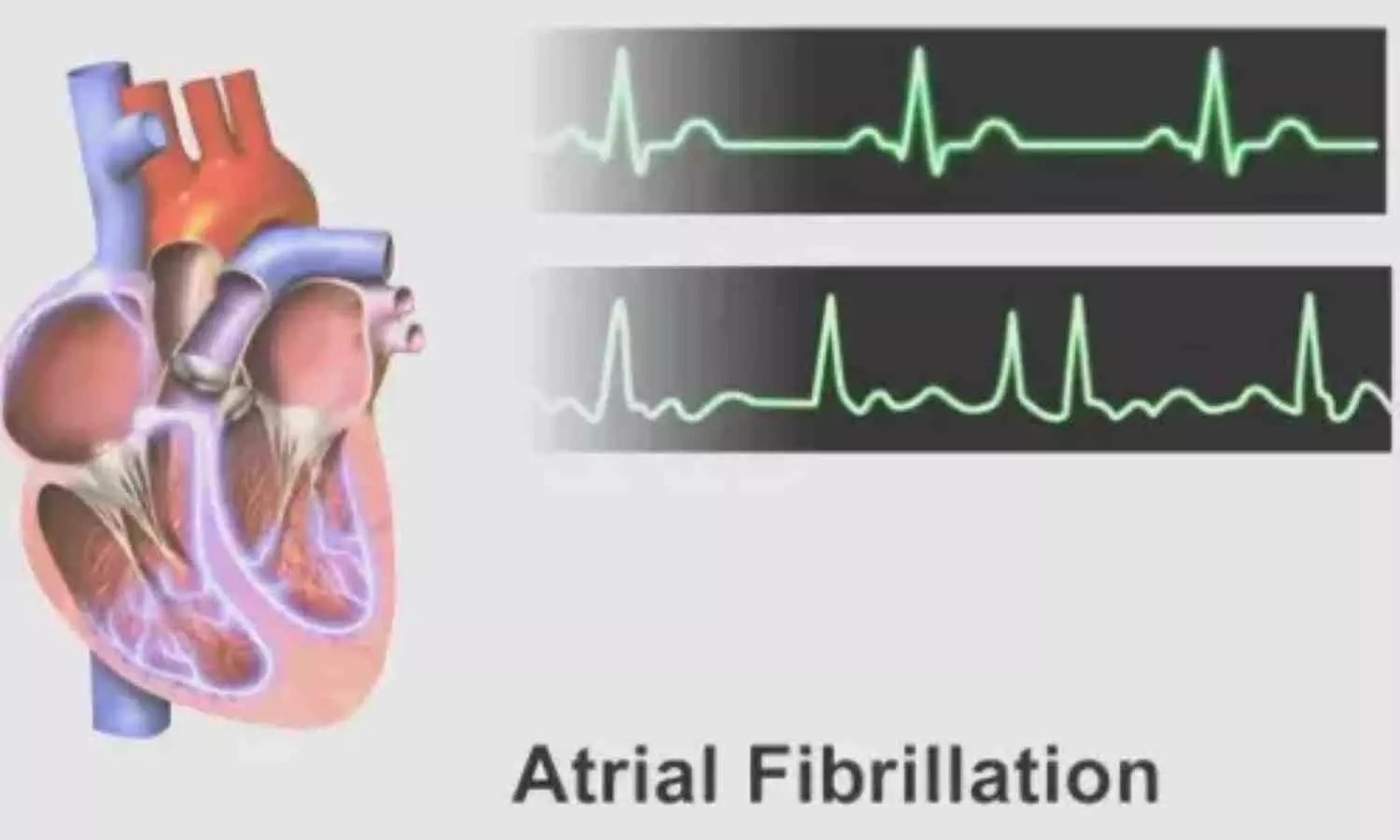Motivada por graves errores durante la pandemia, la OMS convocó a unos 50 expertos en virología, epidemiología, ciencia de aerosoles e ingeniería biológica, entre otras especialidades, que pasaron dos años revisando evidencia sobre cómo se propagan los virus y bacterias por el aire.
El informe de la OMS no recomienda acciones a los gobiernos, hospitales o al público en general. Queda por ver si los Centros para el Control y Prevención de Enfermedades (CDC) utilizarán esta información en su propia orientación sobre el control de infecciones en entornos de atención médica.
La OMS concluyó que la transmisión aérea ocurre cuando las personas enfermas exhalan patógenos que quedan suspendidos en el aire, contenidos en pequeñas partículas de saliva y moco que, a su vez, son inhaladas por otros.
Aunque pueda parecer obvio, y algunos investigadores han abogado por este reconocimiento durante más de una década, el que perduró es un dogma alternativo que impidió a las autoridades sanitarias decir que el covid se transmitía por vía aérea hasta muchos meses entrada la pandemia.
Específicamente, se basaron en la noción tradicional de que los virus respiratorios se propagan principalmente a través de gotas expulsadas por la nariz o la boca de una persona infectada. Estas gotas infectan a otros al caer directamente en su boca, nariz u ojos, o entran en estos orificios por los dedos contaminados con estas gotas.
Aunque estas vías de transmisión siguen ocurriendo, especialmente entre niños pequeños, expertos han concluido que muchas infecciones respiratorias se propagan simplemente al inhalar aire contaminado con virus.
“Esto es un cambio radical”, dijo Julian Tang, virólogo clínico de la Universidad de Leicester en el Reino Unido, quien asesoró a la OMS para el informe. También ayudó a la agencia a crear una herramienta en línea para evaluar el riesgo de transmisión aérea en interiores.
Peg Seminario, especialista en salud y seguridad ocupacional en Bethesda, Maryland, aplaudió el cambio después que las autoridades sanitarias se resistieran por años. “El dogma de que las gotas son una forma principal de transmisión es ahora la posición de la ‘Tierra plana'”, dijo. “¡Viva! Finalmente estamos reconociendo que la Tierra es redonda”.
El cambio pone un nuevo énfasis en la necesidad de mejorar la ventilación en interiores y almacenar máscaras de calidad antes que se desate la próxima enfermedad transmitida por vía aérea. Lejos de ser una posibilidad remota, el sarampión está en aumento este año y la gripe aviar H5N1 se está propagando entre el ganado en varios estados.
Los científicos temen que a medida que el virus H5N1 pase más tiempo en mamíferos, podría evolucionar para infectar más fácilmente a las personas y propagarse entre ellas por el aire.
Las creencias tradicionales sobre la transmisión por gotas ayudan a explicar por qué la OMS y los CDC se centraron tanto en lavarse las manos y en limpiar las superficies al comienzo de la pandemia. Estos consejos eclipsaron las recomendaciones para el uso de máscaras N95 que filtran la mayoría de las partículas de virus suspendidas en el aire.
Los empleadores negaron a muchos trabajadores de salud el acceso a las N95, insistiendo en que solo aquellos que trabajaban rutinariamente a pocos metros de pacientes con covid las necesitaban. Más de 3,600 trabajadores de salud murieron en el primer año de la pandemia, muchos debido a la falta de protección.
Sin embargo, un comité asesor de los CDC parecen estar dispuesto a ignorar la actualización científica cuando se trata de su propia orientación pendiente sobre las instalaciones de atención médica.
Lisa Brosseau, experta en aerosoles y consultora del Centro de Investigación y Política de Enfermedades Infecciosas en Minnesota, advierte sobre volver a vivir el 2020 si eso sucede.
“El momento de la verdad llega cuando se toman decisiones sobre cómo proteger a las personas”, dijo Brosseau. “Los científicos de aerosoles pueden ver este informe como una gran victoria porque piensan que a partir de ahora todo seguirá a la ciencia. Pero esto no funciona así y todavía hay barreras importantes”.
El dinero es una de ellas.
Si una enfermedad respiratoria se propaga por inhalación, significa que las personas pueden reducir su riesgo de infección en interiores a través de métodos a veces costosos para limpiar el aire, como la ventilación mecánica o los purificadores de aire, y usando una máscara N95.
Hasta ahora, los CDC han sido reacios a presionar por tales acciones, mientras actualiza las directrices fundamentales para frenar las infecciones transmitidas por el aire en hospitales, hogares de adultos mayores, prisiones y otras instalaciones que brindan atención médica.
Este año, un comité asesor de los CDC publicó el borrador de una guía que difiere significativamente del informe de la OMS. Mientras que el informe de la OMS no caracteriza a los virus y bacterias transmitidos por vía aérea como “viajeros” de distancias cortas o largas, el borrador de los CDC mantiene esas categorías tradicionales. Recomienda máscaras quirúrgicas menos ajustadas, en lugar de las N95 para patógenos que “se propagan predominantemente por distancias cortas”.
Las máscaras quirúrgicas bloquean muchas menos partículas de virus en el aire que las N95, que cuestan aproximadamente 10 veces más.
Los investigadores y trabajadores de salud han reaccionado con indignación al borrador del comité, y han enviado cartas y peticiones a los CDC. Dicen que tergiversa la ciencia y que pone en peligro la salud. “Una separación entre distancias cortas y largas es totalmente artificial”, dijo Tang.
Los virus transmitidos por aire viajan de manera similar al humo del cigarrillo, explicó. El olor será más fuerte junto a un fumador, pero los que están más lejos inhalarán más y más humo si permanecen en la habitación, especialmente cuando no hay ventilación.
De la misma manera, las personas abren ventanas cuando queman tostadas para que el humo se disipe antes de llenar la cocina y activar una alarma. “¿Creen que los virus se detienen después de 3 pies y caen al suelo?”, dijo Tang sobre la noción clásica de distancia. “Eso es absurdo”.
El comité asesor de los CDC está compuesto principalmente por investigadores de control de infecciones en grandes sistemas hospitalarios, mientras que la OMS consultó a un grupo diverso de científicos que examinaron muchos tipos diferentes de estudios.
Por ejemplo, uno de los análisis de la OMS examinó las nubes de vapor expulsadas por cantantes y músicos que tocaban clarinetes, trombones, saxofones y trompetas. Otro revisó 16 investigaciones sobre brotes de covid en restaurantes, un gimnasio, una fábrica de procesamiento de alimentos y otros lugares, encontrando que una ventilación insuficiente probablemente empeoró el problema sanitario.
En respuesta a la protesta, los CDC devolvieron el borrador a su comité para su revisión, pidiéndole que reconsiderara sus consejos. Desde entonces, se han realizado reuniones privadas con un grupo de trabajo ampliado. Pero el sindicato National Nurses United obtuvo notas de las conversaciones a través de una solicitud de registros públicos a la agencia.
Los registros sugieren una presión para una protección más relajada. “Puede ser difícil en cuanto a la conformidad no tener las mascarillas quirúrgicas como una opción”, dijo un miembro no identificado, según las notas de la discusión del comité del 14 de marzo. Otro advirtió que “el suministro y el cumplimiento serían difíciles”.
El sindicato de enfermeras escribió en su sitio web: “El Grupo de Trabajo ha priorizado los costos y ganancias del empleador (a menudo bajo el paraguas de ‘viabilidad’ y ‘flexibilidad’) por sobre las protecciones sólidas”.
Jane Thomason, higienista industrial principal del sindicato, dijo que los registros de la reunión sugieren que el grupo de los CDC está trabajando al revés: moldeando sus definiciones de transmisión aérea para que se ajusten al resultado que prefiere.
Tang espera resistencia al informe de la OMS. “Las personas de control de infecciones que han construido sus carreras en esto se opondrán”, dijo. “Se necesita mucho tiempo para cambiar la forma de pensar de las personas”.
Los CDC se negaron a hacer comentarios sobre cómo el cambio de la OMS podría influir en sus políticas finales sobre el control de infecciones en instalaciones de salud, normas que podrían no completarse este año.
Formular políticas para proteger a las personas de inhalar virus transmitidos por el aire es algo complejo por la cantidad de factores que influyen en cómo se propagan en interiores, como la ventilación, la temperatura y el tamaño del espacio.
Agrega complejidad que los responsables de formularlas deben sopesar el costo de varias dolencias, desde el covid hasta los resfriados y la tuberculosis, contra la carga de la protección. Y los costos a menudo dependen del contexto: si un brote ocurre en una escuela o en una sala oncológica.
“¿Cuál es el nivel de mortalidad que las personas aceptarán sin precauciones?”, dijo Tang. “Esa es otra pregunta”.
KFF Health News is a national newsroom that produces in-depth journalism about health issues and is one of the core operating programs at KFF—an independent source of health policy research, polling, and journalism. Learn more about KFF.
USE OUR CONTENT
This story can be republished for free (details).









